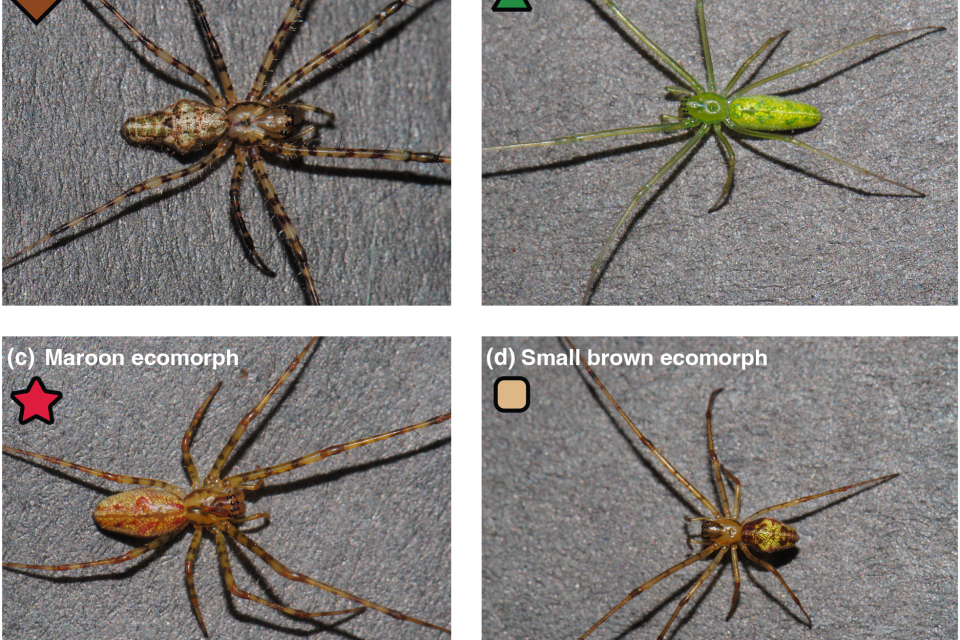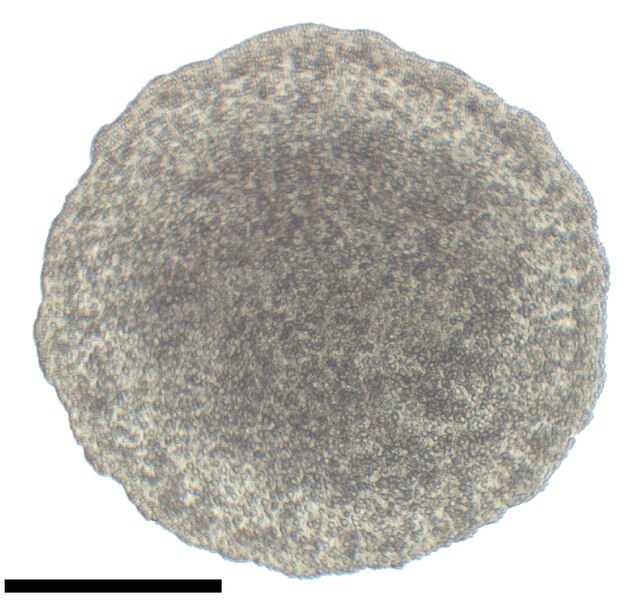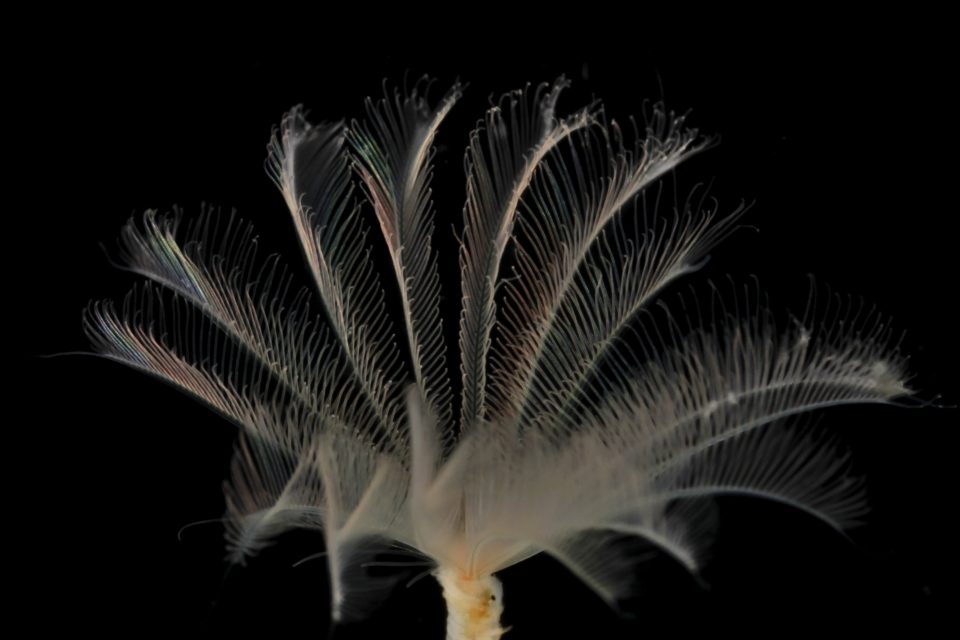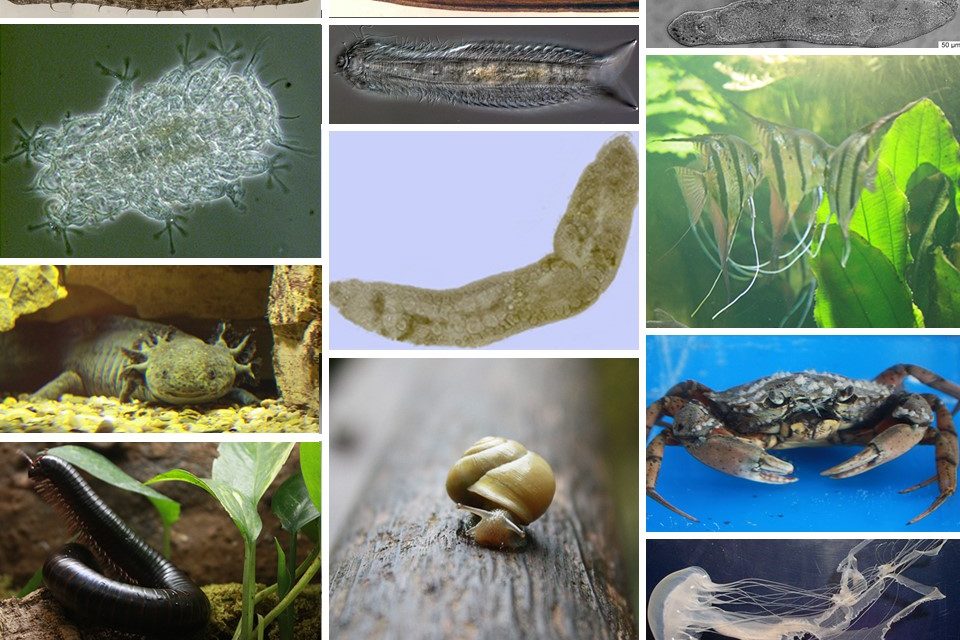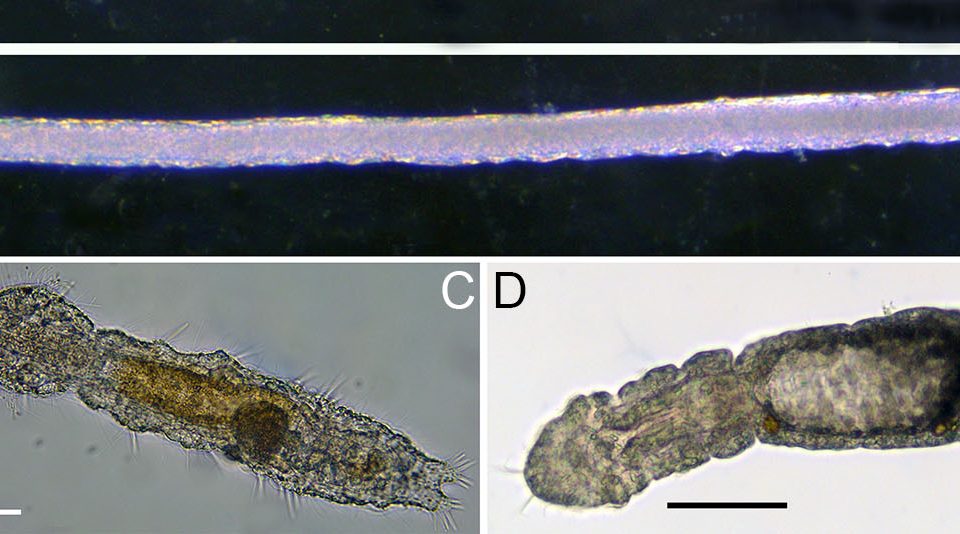
The importance of the small stuff for science
Yesterday, we published an preprint on the meiofauna and why it is important to study them and which scientific questions should be addressed next. The publication involved 42 researchers from 44 institutions all around the world. The research was initiated and led by Alejandro Martínez and Diego Fontaneto […]

